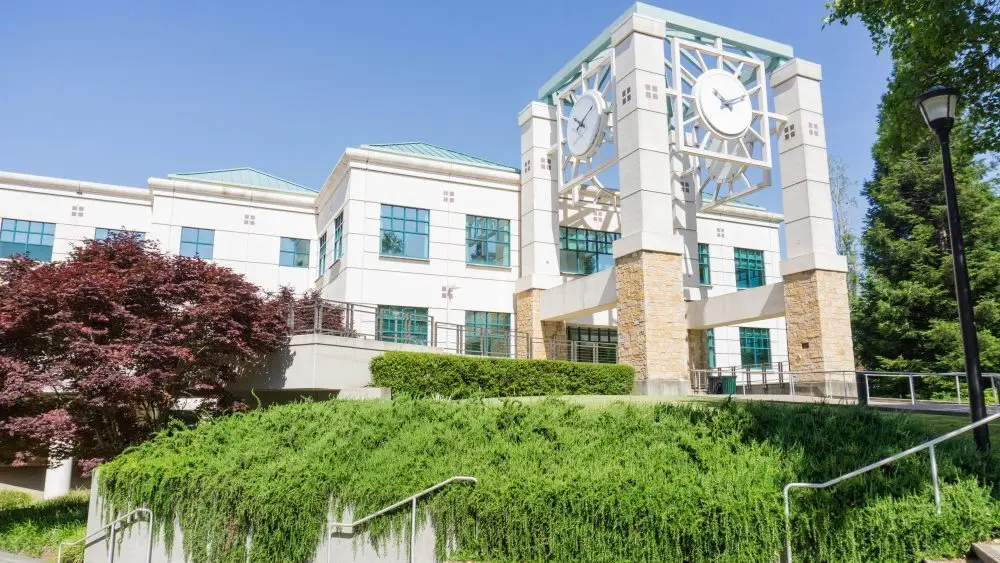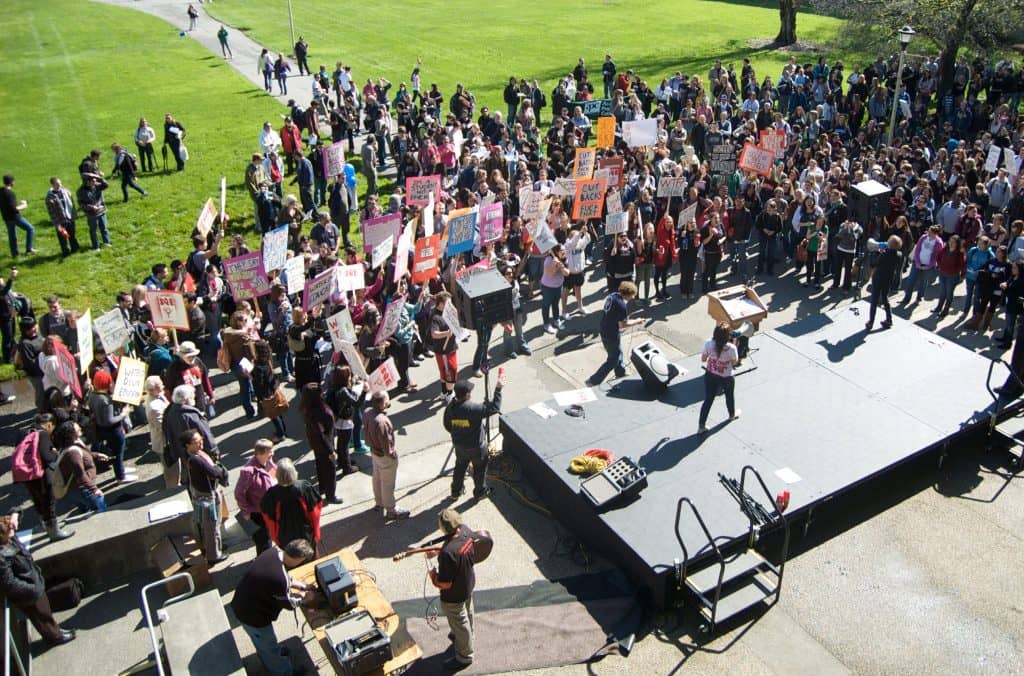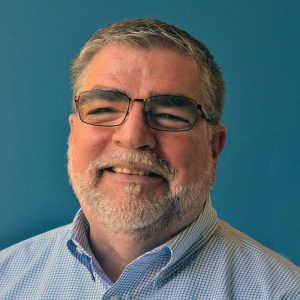
Earlier this year in January, Sonoma State University announced it was in a significant financial dilemma—and critical budget reductions would be necessary to address a projected deficit of $21 million. Seemingly Draconian cuts to staple degree programs, longtime faculty and the university’s Division II athletics program were coming, university officials said to a stunned North Bay community, which had long held the presence of a respected state university as a source of regional pride.
But it seems the money problems didn’t come as a complete surprise to university leadership. SSU interim president Emily Cutrer said in an Oct. 24, 2024 prepared statement that the university had been coping with a budget deficit for several years.
“It’s attributable to a variety of factors––the cost of personnel, annual price increases for supplies and utilities and inflation,” she said at that time. But a primary factor in the state university’s budget woes, she said, was enrollment.
“Student tuition and fees, combined with enrollment-based funding from the California State University (CSU) system, are major components in the university budget.”
Cutrer said SSU would need an additional 3,500 students to wipe out its budget deficit—an increase of nearly 60% that was not likely to happen given the school’s recent enrollment trajectory.
Since 2015, SSU’s enrollment had dropped by 38%. Peak enrollment in 2015 was 9,408 students; in the 2024-25 school year, enrollment was down to 5,783, according to figures from the university—5,874 last year in the fall, and 5,585 in the spring, Jeff Keating, the university’s associate vice president of government relations and strategic communications, tells NBb. At press time, the number of students enrolled for fall 2025 had not yet been tabulated, he says.

Generally, a decrease in the number of students enrolled results in a decrease in what is known as “enrollment reallocation,” from the CSU Chancellor’s Office. Unfunded faculty and staff pay increases have also contributed to SSU’s budget deficit.
In the January announcement of the cuts, Cutrer laid out a projected budget deficit of $23.9 million for the 2025-26 school year. The cuts were deep. Many degree programs and athletics programs were on the chopping block, and more than 40 faculty and staff would lose their jobs (see sidebar).
A $90 million windfall
To mitigate the loss, several North Bay legislators—among them state Senate president and SSU graduate Mike McGuire—spearheaded a campaign to pump millions of dollars into the university to get it back on track. Through a combination of state funds totaling $45 million––announced in June––and a pledge of another $45 million from the CSU system––unveiled in August––the university must now decide how to spend the one-time $90 million windfall—whether to restore any programs, faculty or athletics and how to market the university more successful programs in order to increase enrollment of full-time students.
As Keating told local media in August, “How the announced funding might affect programs and personnel is still being determined,” though the university did outline how some of the gifted money will be spent:
- $10 million will go to SSU’s “Bridge to the Future” plan, which predated the “Sonoma State Commitment” (see sidebar).
- $5.8 million will focus on student services, “including additional dollars to bolster recruitment” and “teach-out plans” to help students who lost their majors because of the cuts announced in January. Teach-out plans will give these students a path to finish their education at SSU.
- $4.6 million from the CSU’s enrollment reallocation fund––money from campuses with higher enrollments to their sibling campuses who are struggling. “We firmly believe that those dollars should end up in the larger $9 million discretionary fund––in the Sonoma State Commitment––for re-establishing positions, and looking at additional enrollment growth,” McGuire stated.
- $25 million for a one-time line of credit for infrastructure needs, because as SSU looks at new majors, new programs or modernizing current majors, there will be infrastructure needs for those programs.

Keating says the university ended up with 14 tenure-track faculty laid off as of July, and a total of 16 lecturers laid off at the end of the spring term, for a total of 30. “However, two of the lecturers have returned this fall to a different department and are not separating from the university,” says Keating. “This means that of the 46 faculty who received layoff/nonrenewal notices, 18 will still be active for the fall 2025 semester––13 full-time, tenure-track and five lecturers.”
Insufficient recruiting
Recent SSU graduate Ismael Ramos spent four years pursuing his degree in the Theater Arts program—one of the programs now eliminated in the cuts announced in January. He graduated in May with a bachelor’s in acting—the last such degree SSU will be awarding for the foreseeable future. “I saw theater as a way to tell stories for people who can’t tell them for themselves, and those stories can be funny or heartbreaking,” Ramos says about what led him to that pursuit.

But as his years at SSU went by, fewer students and faculty in the program with which to interact made it more difficult to hone his acting skills. “You get better at your craft by working with lots of people with different skill sets, but with so many fewer people in the program, you get stuck with the same ones.”
Ramos says that between six and eight students graduated in May in the final program he was a part of. “But it would have been double that number in better years. After it was announced the Theater Arts program was being eliminated, faculty were doing their best to help students transfer to other units, but there were only so many faculty members who could help out. The university then asked first- and second-year Theater Arts students to switch majors.”
[Keating clarifies that completion of a major with 120 units is a state mandate, so some of the students who had 60 or fewer units when the SSU Theater Arts program was shuttered have the option of completing degrees or switching majors, depending on if they were above or below 60 units.]
“The nearest theater arts programs outside Sonoma County are at UC Berkeley and UC Davis,” according to Ramos. “But a lot of students initially came to the Sonoma State theater program because they didn’t get into those schools. I didn’t try to get into those schools––I chose Sonoma State from the start.”
When the chair of the dance department left, he says, many students figured the program was no longer viable. “Another chair was assigned to us, but it left us all in limbo, like, ‘who do we talk to now?’ There wasn’t much continuity. Just in the theater department itself, the size of the classes were dwindling each semester, and we were speculating about the faculty changes happening in the past couple of years. So it was a moment of disbelief for students when the cuts were announced, and I’m pretty sure the faculty were in disbelief, too.”
Though he began his schooling at SSU during the pandemic, Ramos doesn’t believe that’s what led to the program’s declining enrollment. “I think a large part of the demise was a huge lapse in marketing it, and the university also failed to reach out for more recruitment. It just wasn’t as active as it should have been.”
It didn’t help that the university went through three different presidents in four years, he adds. [Current interim president Cutrer has confirmed she will be stepping down at the end of this academic year, paving the way for yet another new president.]
“We have a rich theater and music scene here in Sonoma County, with so many spaces in which to create and many venues seeking actors, producers and so on. I felt it was odd that the university didn’t push more to save the Theater Arts program for that reason. To me it seems like a missed opportunity for Sonoma State, because they could have capitalized on that.”
In late spring, Ed Mills, the university’s vice-president of strategic enrollment, told the local media that during most of its existence, the CSU system never really had to recruit because it had more applications than opportunities in each class. “But now you have to actually recruit,” he said. “You have to actually form a relationship with students. You have to communicate and follow up and reduce barriers.”

Yet Mills said in May that he is doubtful SSU will ever get back to its peak enrollment of more than 9,000 students, at least not for more than a decade, based on population figures. He said students are not coming from Southern California to SSU in the numbers they used to, but he pointed out there is increased interest from prospective students in the South Bay, the Sacramento area, San Joaquin County and the Delta region.
Writing on the wall
As a former lecturer at SSU, Corinne Asturias worked closely for five years with students in the Communications department—helping them produce the student newspaper, the Sonoma State Star, every week for a total of 14 issues each semester.
She spent a lot of time lobbying to keep the paper going to benefit the students, she says. “But it was also good for the university. The paper made the campus look cool and it was a recruitment tool. It would bring in students who were checking out different campuses, and it helped that we had a thriving newspaper.”
Asturias says it was the Star’s job to report what was going on around the university. “But I don’t think the administration appreciated some of it. The paper was protected by the integrity of the people in the Communications department and some members of the administration, but that’s a pretty thin shield.”
The number of students under her tutelage decreased somewhat during her time at the university. “When I started I had about 35 students and when I left five years later that was down to 25. There is no journalism major offered at Sonoma State, and there didn’t seem to be any interest in adding a journalism program on the part of the administration.”
Ultimately, she adds, the cost of producing the school paper continually increased. “And what complicated our situation was when the Press Democrat closed its printing plant and we had to choose to either piggyback with its new printer or find another printer. So I set out to find us another printer. We reduced the size of our page and made other modifications to keep publishing, but our budget was so low compared to some other departments.”
What it came down to is “we could see the writing on the wall, and our budget was getting smaller,” she says.
Despite these circumstances, Keating says the Sonoma State Star will continue to publish during the 2025-26 school year.
A blemish on the community
Like many students, Ramos wonders why the SSU administration, which presumably knew the program cuts were coming, didn’t signal its intentions to the community much earlier—instead of only a semester before implementation. “The cuts were happening, and then to hear [later in the year] that $90 million would be given to the university, well, there goes the reason so many cuts were made. Perhaps all these departments and jobs could have been saved. All the buildings these classes were held in are now empty. To have this blemish on the community is disheartening.”
Asturias feels much the same. “It’s a shame what has happened [to the university],” she says. “It’s a lovely campus with incredibly talented and committed instructors and dedicated administrators, and the students were the beneficiaries. I heard from some students that publishing the school newspaper was the best experience of their college years.”
